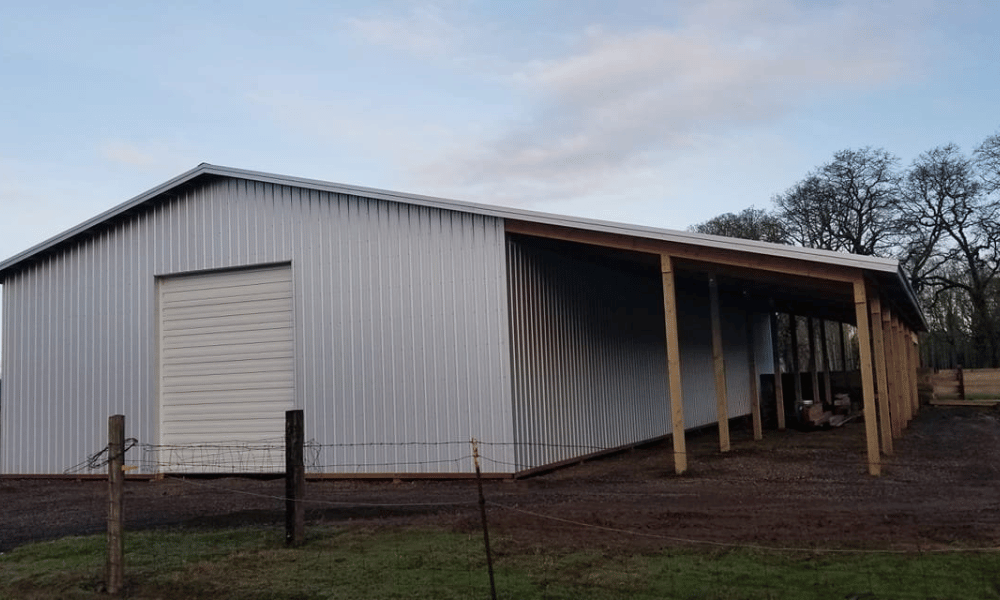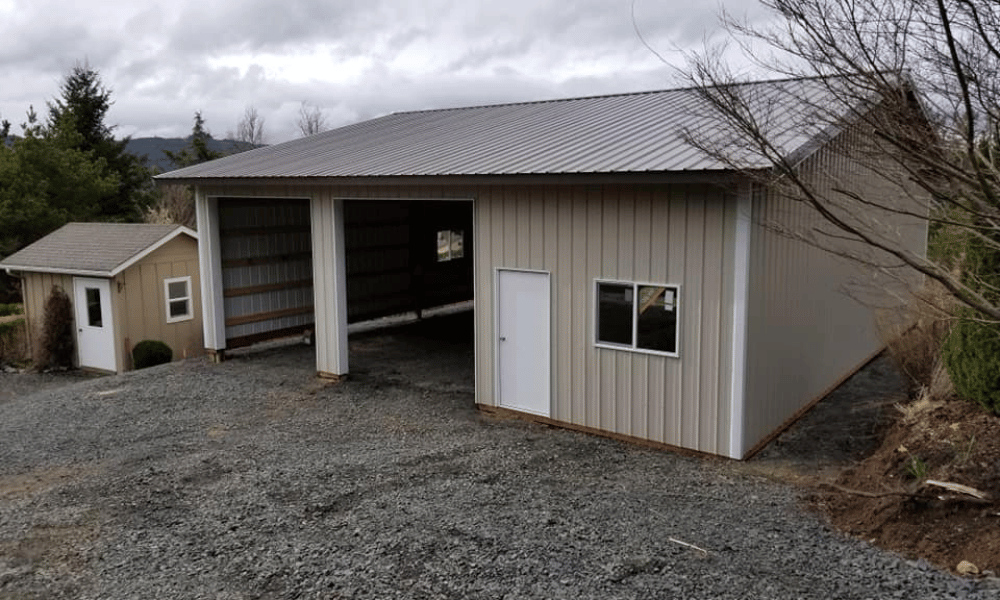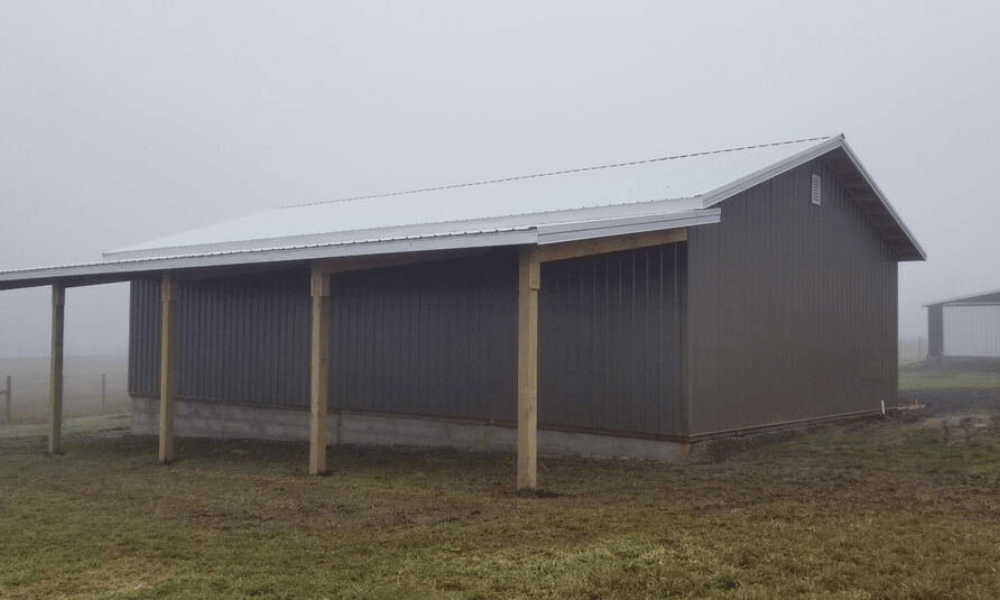Introduction
When it comes to farm life, having the right storage for equipment is crucial. A pole barn garage offers an ideal solution for farmers looking to protect their valuable tools and machinery from the elements. Whether you’re storing tractors, plows, or smaller hand tools, a well-organized pole barn can make all the difference. In this article, we'll dive deep into the various aspects of storing farm equipment in a pole barn garage, covering everything from design considerations to maintenance tips. So grab a cup of coffee and settle in as we explore how to maximize your storage space and keep your gear in top shape!
The Advantages of Using a Pole Barn Garage
Why Choose a Pole Barn Garage?
Pole barn garages are gaining popularity among farmers and homeowners alike for several reasons:
Cost-Effective Construction: Building a pole barn is generally more affordable than traditional structures. Customizable Design: You can tailor the layout according to your specific needs. Durability: With proper maintenance, pole barns can withstand harsh weather conditions.Space Efficiency
One of the standout features of a pole barn is its spacious interior. This flexibility allows for:
- Multiple storage areas Dedicated workspaces Room for larger vehicles like tractors
Protection from Elements
Storing farm equipment in a pole barn garage shields it from rain, snow, and extreme temperatures. This protection prolongs the lifespan of your tools and machinery.
From Tractors to Tools: Storing Farm Equipment in a Pole Barn Garage
A well-designed pole barn garage serves as not just a storage facility but also Pole Barn as a multifunctional workspace where farm equipment—from massive tractors to small hand tools—can be efficiently organized and easily accessed.

Organizing Large Equipment
Designated Zones for Tractors and Combines
When it comes to larger equipment like tractors or combines, having designated zones within the pole barn is essential. Consider these tips:
- Allocate enough space for easy maneuvering. Store larger equipment towards the back for accessibility.
Vertical Storage Solutions
Using vertical space can help free up floor area:
- Wall-mounted racks can hold attachments or smaller implements. Ceiling-mounted hoists are ideal for seasonal items that may not be used frequently.
Small Tools Storage: Keeping It Tidy
Toolboxes vs. Pegboards
Choosing between toolboxes and pegboards often depends on personal preference:
- Toolboxes provide portability but can take up valuable floor space. Pegboards offer visibility and access but require wall space.
Drawer Systems for Small Parts
For small parts like nuts, bolts, or screws, consider using drawer systems with labels:
Clear bins allow you to see contents at a glance. Labels minimize search time when you need something fast.Planning Your Pole Barn Garage Layout
Key Elements of Design
Creating an effective layout involves several key elements:
Adequate Lighting Ventilation AccessibilityLighting Considerations
Good lighting reduces accidents and improves efficiency; consider LED lights or natural light sources through windows.
Ventilation Tips
Proper airflow prevents moisture buildup which could lead to rust or mildew on your equipment.
Maintenance Essentials for Your Pole Barn Garage
Regular Inspection Routines
Keeping your pole barn in good condition means establishing regular inspection routines:
Check for leaks or cracks in walls. Inspect doors and windows for proper sealing.Cleaning Protocols
A clean workspace promotes safety; incorporate these cleaning protocols into your routine:
- Sweep floors regularly. Wipe down tools after use to prevent rusting.
Maximizing Storage Space in Your Pole Barn Garage
Utilizing Overhead Space Wisely
Overhead storage options like shelves or overhead racks make excellent use of otherwise wasted space.
Ceiling Hoists
For large items that you don’t need daily access to, ceiling hoists can save ground-level space effectively.
Folding Workbenches
Consider installing folding workbenches that can be tucked away when not in use to optimize floor area.
Securing Your Farm Equipment Inside the Pole Barn Garage
Locks and Security Systems
Investing in robust locks and possibly security cameras ensures peace of mind regarding theft or vandalism.

Insurance Considerations
Don’t forget about insurance! Make sure your insurance policy covers stored equipment inside your pole barn garage.
Sustainability Practices Inside Your Pole Barn Garage
Eco-Friendly Materials
Use sustainable materials wherever possible during construction or renovation efforts on your pole barn garage.

Rainwater Harvesting Systems
If applicable, install rainwater harvesting systems that channel water away from sensitive areas while promoting sustainability practices on your farm.
Frequently Asked Questions (FAQs)
What size should my pole barn garage be?- The size depends on the number of vehicles and tools you plan to store; aim for at least 30x40 feet if you have multiple large items like tractors.
- Use foam board insulation on walls along with reflective barriers under metal roofs; this minimizes heat loss during colder months.
- Concrete is durable and easy to maintain; consider adding rubber mats where heavy machinery will rest.
- Install dehumidifiers if necessary; ensure proper ventilation as discussed earlier will help mitigate excess moisture too.
- Yes! Consult an electrician who specializes in agricultural buildings; they’ll ensure safety codes are met during installation.
- Definitely! The cost saved by preventing theft far outweighs potential losses incurred without adequate protection measures being taken upfront!
Conclusion
Storing farm equipment effectively requires careful planning, organization, and ongoing maintenance—and there’s no better way than utilizing a well-designed pole barn garage! By considering factors such as spatial efficiency, safety measures against weather elements (and theft!), plus sustainable practices throughout construction/renovation processes themselves—you’ll create an optimal environment tailored specifically towards maintaining all aspects related directly towards life on farms while maximizing usability within them too! Now that you're armed with all this information go ahead—get started designing YOUR ideal storage solutions today!